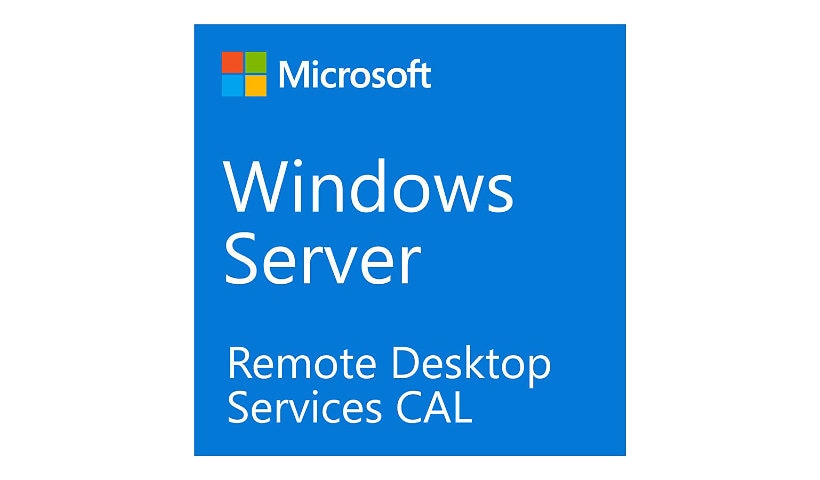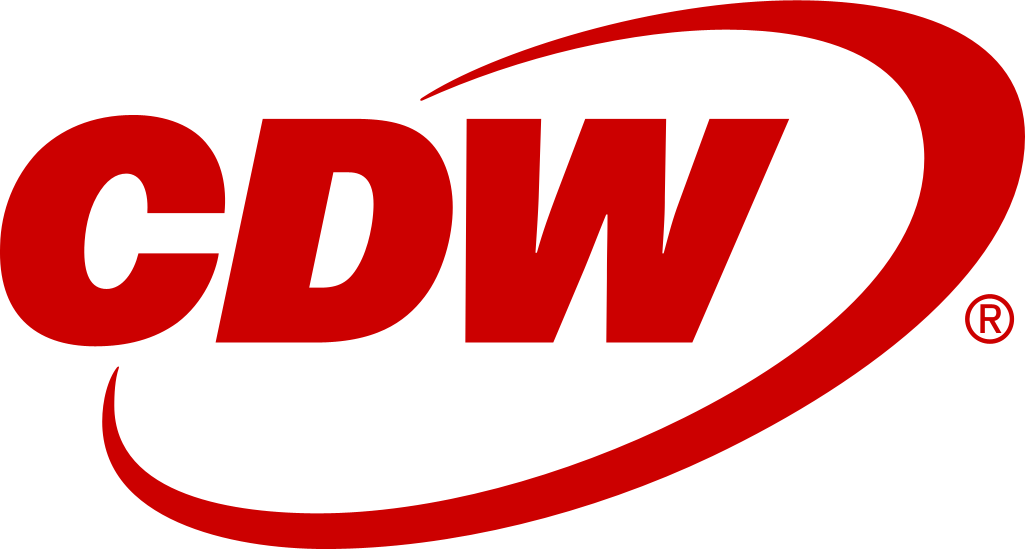
Know your gear
Remote Desktop Services (formerly known as Terminal Services) provides functionality similar to a terminal-based, centralized host, or mainframe, environment in which multiple terminals connect to a host computer. Each terminal provides a conduit for input and output between a user and the host computer. A user can log on at a terminal, and then run applications on the host computer, accessing files, databases, network resources, and so on. Each terminal session is independent, with the host operating system managing conflicts between multiple users contending for shared resources.
The primary difference between Remote Desktop Services and the traditional mainframe environment is that the dumb terminals in a mainframe environment only provide character-based input and output. A Remote Desktop Connection (RDC) client or emulator provides a complete graphical user interface including a Windows operating system desktop and support for a variety of input devices, such as a keyboard and mouse.
In the Remote Deskto
The primary difference between Remote Desktop Services and the traditional mainframe environment is that the dumb terminals in a mainframe environment only provide character-based input and output. A Remote Desktop Connection (RDC) client or emulator provides a complete graphical user interface including a Windows operating system desktop and support for a variety of input devices, such as a keyboard and mouse.
In the Remote Deskto
